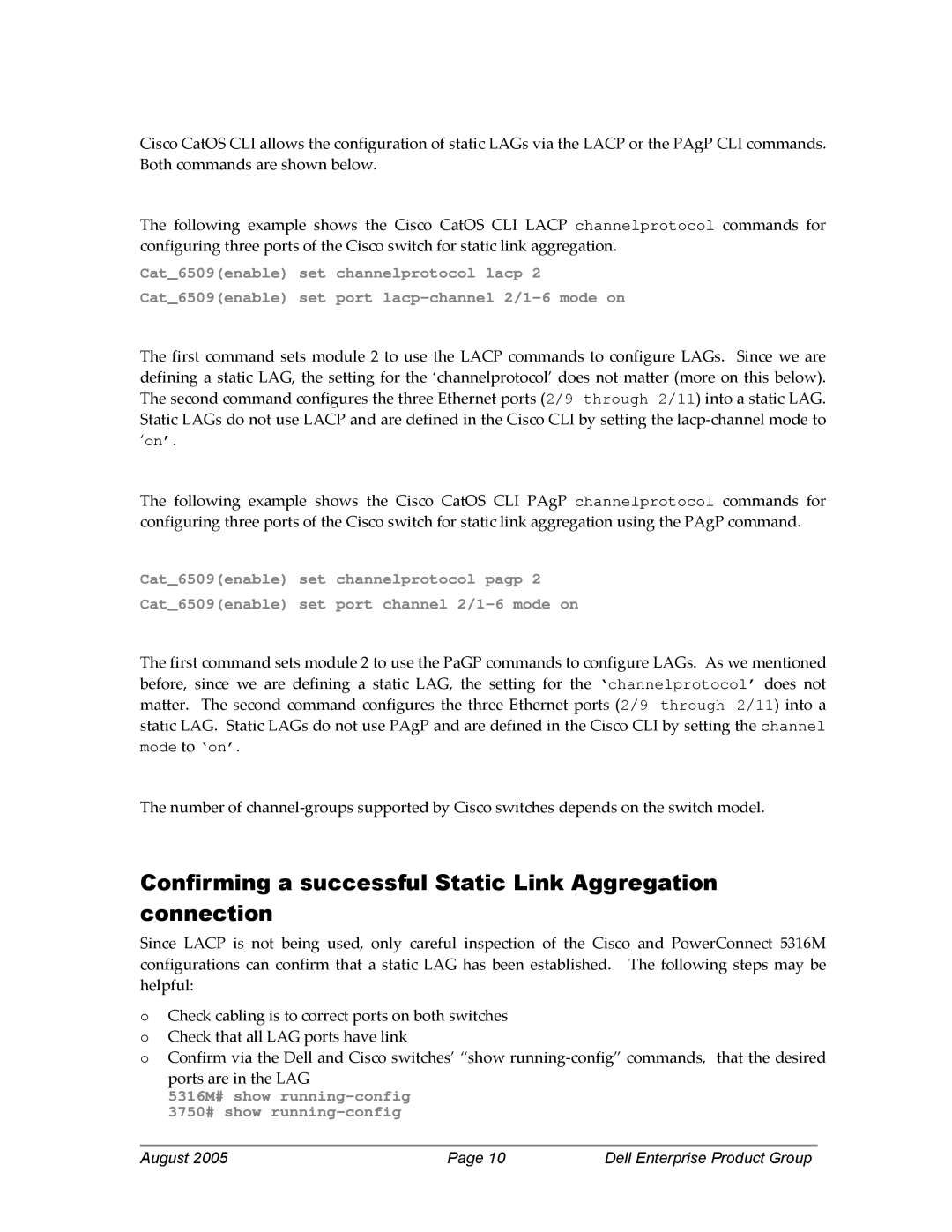5316M specifications
The Dell 5316M is a cutting-edge multifunction printer designed for small to medium-sized businesses seeking efficiency, versatility, and high-quality output. This device stands out due to its impressive range of features, making it an asset for any workplace.One of the key features of the Dell 5316M is its multifunction capabilities. It combines printing, scanning, copying, and faxing functions into a single compact unit. This integration not only saves valuable office space but also streamlines workflow, allowing users to perform multiple tasks without switching devices. With a printing speed of up to 42 pages per minute for black-and-white documents, the 5316M ensures that productivity is never compromised.
The device employs advanced laser printing technology, which guarantees sharp text and vibrant graphics. The printer offers a resolution of up to 1200 x 1200 dpi, producing professional-quality prints suitable for business presentations, marketing materials, and important documents. With automatic duplex printing, the 5316M also helps reduce paper consumption, making it an environmentally-friendly choice.
Connectivity options further enhance the Dell 5316M's usability. It supports USB, Ethernet, and wireless connections, allowing users to print from various devices, including laptops, desktops, and mobile devices. The seamless integration with cloud printing services enables users to print documents directly from popular cloud platforms, ensuring convenience and accessibility.
Security is another significant aspect of the Dell 5316M. It is equipped with robust security features that safeguard sensitive information, including password-protected printing and secure faxing capabilities. This attention to security is essential in today’s business environment, where data breaches can have serious consequences.
Additionally, the Dell 5316M features a user-friendly interface with a color touchscreen display. This intuitive control panel simplifies navigation through settings and options, making it easy for users of all skill levels to operate the device efficiently.
In conclusion, the Dell 5316M is a versatile multifunction printer that meets the demands of modern businesses. Its combination of high-speed performance, advanced printing technology, robust security features, and user-friendly interface makes it an ideal choice for organizations looking to enhance their productivity while maintaining exceptional print quality. With the Dell 5316M, businesses can streamline their operations and focus on what matters most – growth and success.
